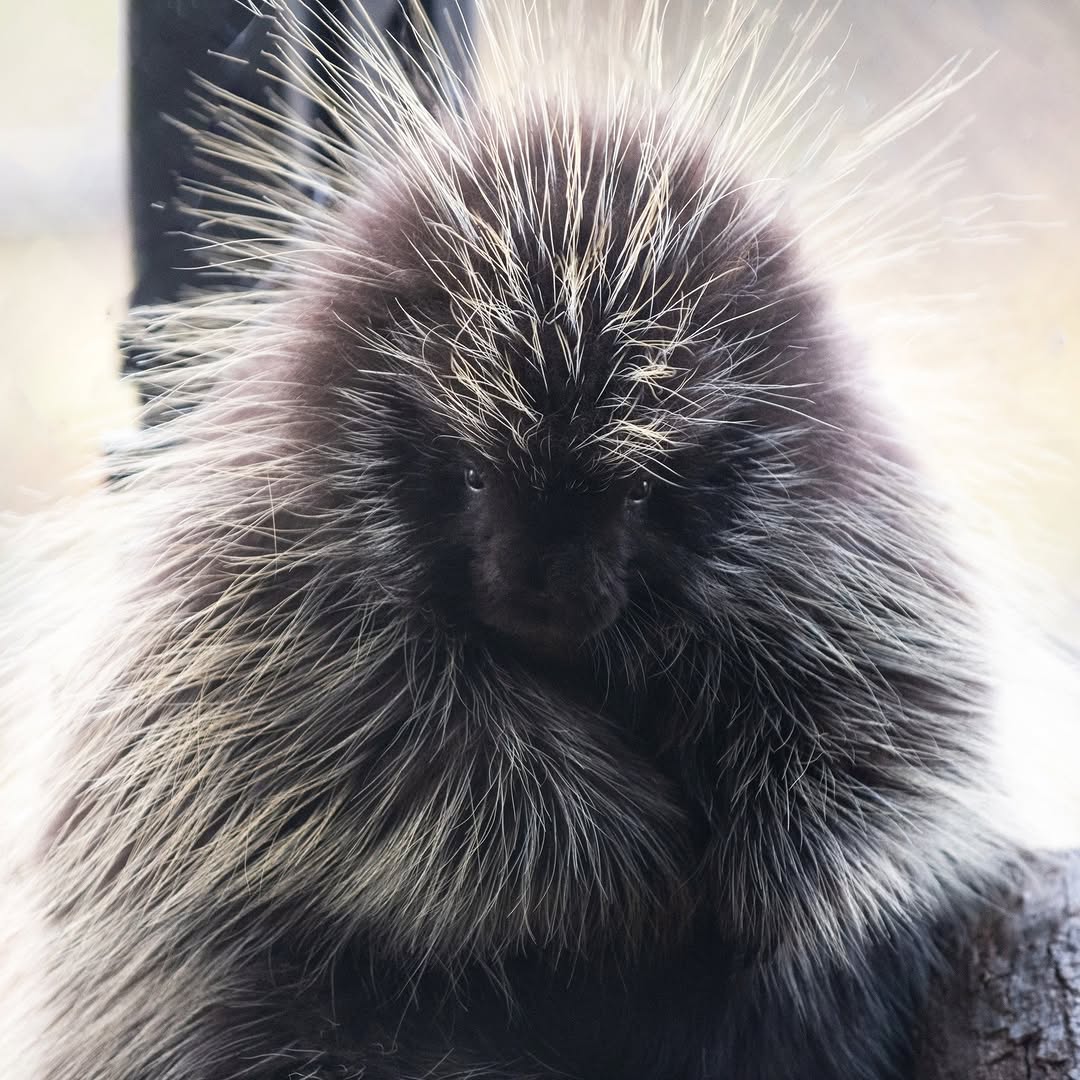- Introduction to New Animals at the Virginia Living Museum, focusing on the arrival of the North American Porcupine.
- In-depth exploration of the North American Porcupine’s characteristics, habitat, and behavior.
- The significance of species conservation and the role of zoos in promoting biodiversity.
- Challenges of maintaining diverse wildlife in zoological settings and strategies by the Virginia Living Museum.
- Public engagement and education in wildlife conservation, inspired by the arrival of new animals.
The dawn of a new year often brings fresh beginnings and exciting developments. At the Virginia Living Museum, an exciting addition marks the start of another year of wildlife discovery and conservation. A young North American Porcupine has joined the museum’s diverse array of animals, promising to charm visitors with her curious nature. She extends the living exhibits and brings public attention to an increasingly rare animal.
The North American Porcupine, a member of the rodent family, is recognizable by its coat of sharp quills. These animals have captured the fascination of many with their defensive adaptations and remarkable behavioral traits. Porcupines are native to forested and shrub-rich areas across much of North America, flourishing in various habitats from deserts to wetlands. However, their presence is now scarce across some regions, including parts of Virginia, due mainly to habitat loss.
A glimpse into the porcupine’s lifestyle unveils its herbivorous nature. They sustain themselves primarily on leaves, herbs, twigs, and bark and are known for their climbing prowess, often ascending trees to forage. Their dexterous behavior allows them to be both agile and resourceful. Observing their gentle interactions and surprisingly calm demeanor provides a window into a species that is often misunderstood due to its spiny appearance.
As we welcome these new animals, especially this charming porcupine, it’s essential to recognize zoos’ crucial role in wildlife conservation. With many species facing unprecedented challenges in the wild, zoos like the Virginia Living Museum become sanctuaries and breeding grounds for animals at risk. Beyond housing animals, they are active spaces for research, conservation, and education, driving efforts to protect biodiversity.
Zoos’ conservation initiatives focus on habitat preservation, breeding programs, and public education. By collaborating with global organizations, zoos facilitate genetic diversity for endangered species. The introduction of animals like the North American Porcupine serves as a single thread in the complex tapestry of wildlife conservation, emphasizing the need to preserve natural habitats and support animal populations.
Maintaining the health and well-being of diverse wildlife within a zoo setting requires dedicated effort and expert knowledge. The animal care team at the Virginia Living Museum ensures that each species, including its newest additions, thrives. This involves creating habitats that mimic natural environments as closely as possible. Every aspect of life is carefully managed, from the diet to the social dynamics among animals.
Visitor engagement is another crucial aspect of conservation work. The arrival of new animals stimulates public interest, drawing visitors who wish to learn more about these creatures. Zoos foster a shared sense of responsibility toward nature by fostering connections between people and wildlife. Educational programs and interactive exhibits enhance understanding and inspire visitors to become advocates for the species they encounter.
The Virginia Living Museum’s latest addition is more than just a new animal. This young porcupine symbolizes hope and commitment to the broader goals of species conservation and habitat preservation. Her presence reminds us of the beauty and complexity of the natural world and our role in safeguarding it for future generations. Through detailed understanding and enthusiastic advocacy, we can continue to support the conservation of diverse animal species, each representing an integral part of our planet’s ecological fabric.
*****
Source Description
New Year, New Animals! 🦔
We’re excited to introduce the newest member of our Virginia Living Museum family – a curious young porcupine who has recently arrived and is ready to capture your hearts!
Our adorable North American Porcupine, who traveled to us from the @alaskazoo, is a fascinating addition to our wildlife family. It represents a species that is now very rare in Virginia’s diverse landscapes.
The keeper team caring for her describes her as a “cute, messy eater who gets crumbs on her feet!” She’s already becoming a staff favorite with her lovable little face and curious personality. Notice how we haven’t mentioned her name?
Stay tuned!


